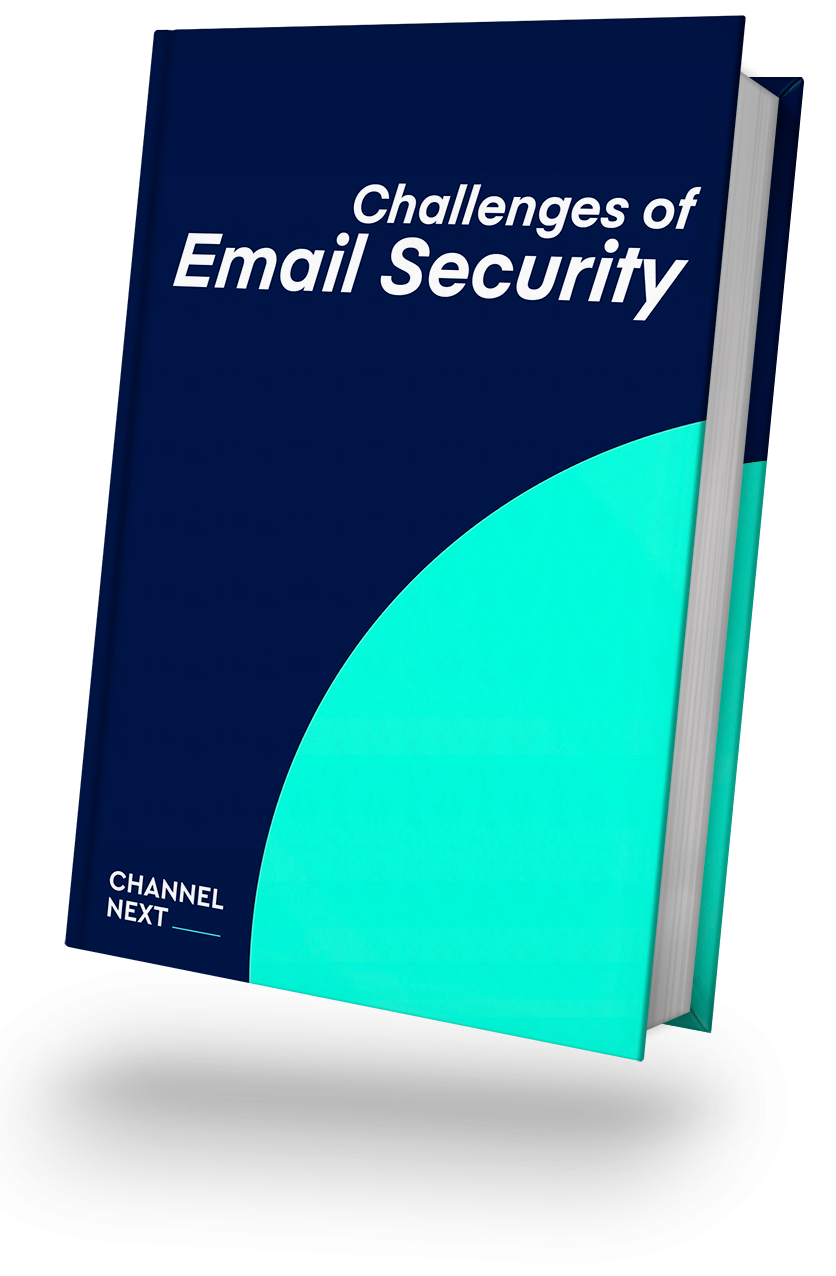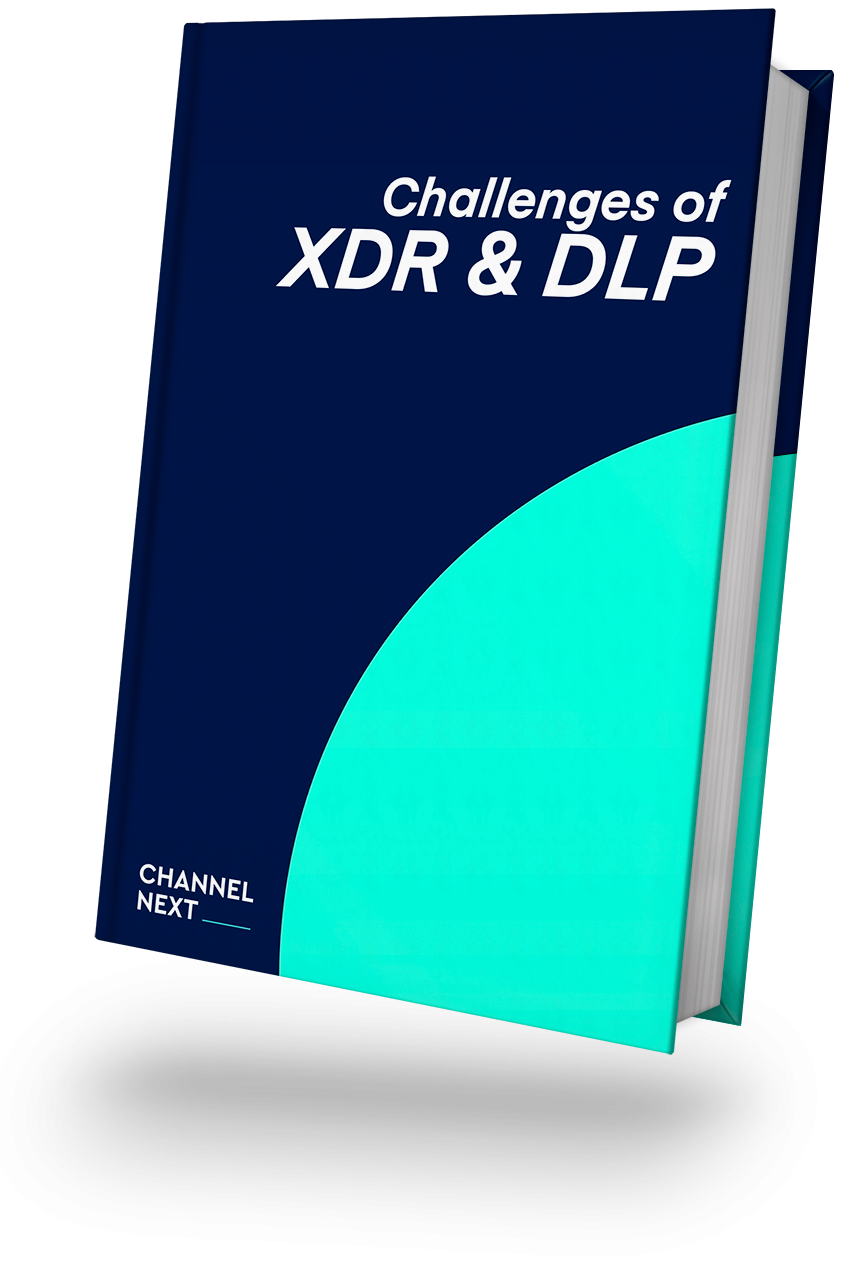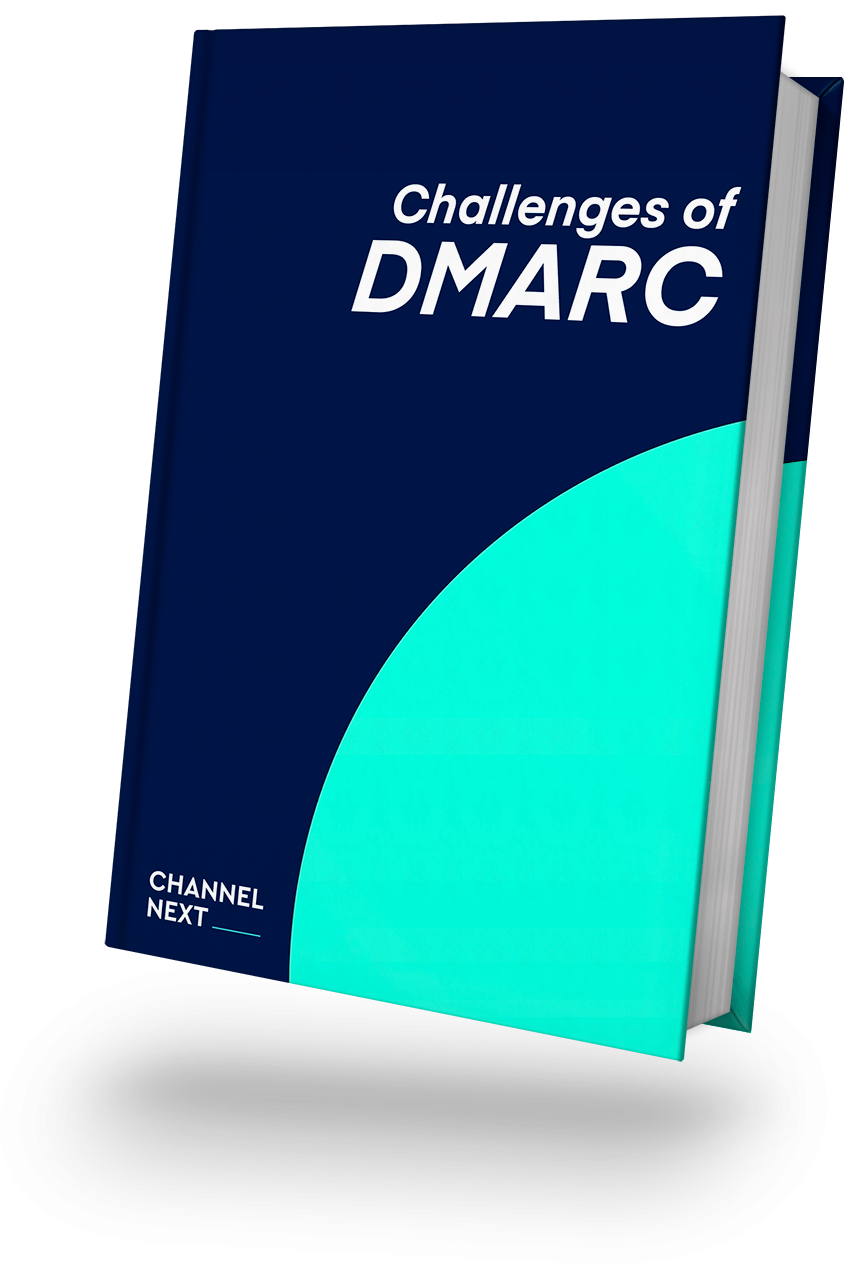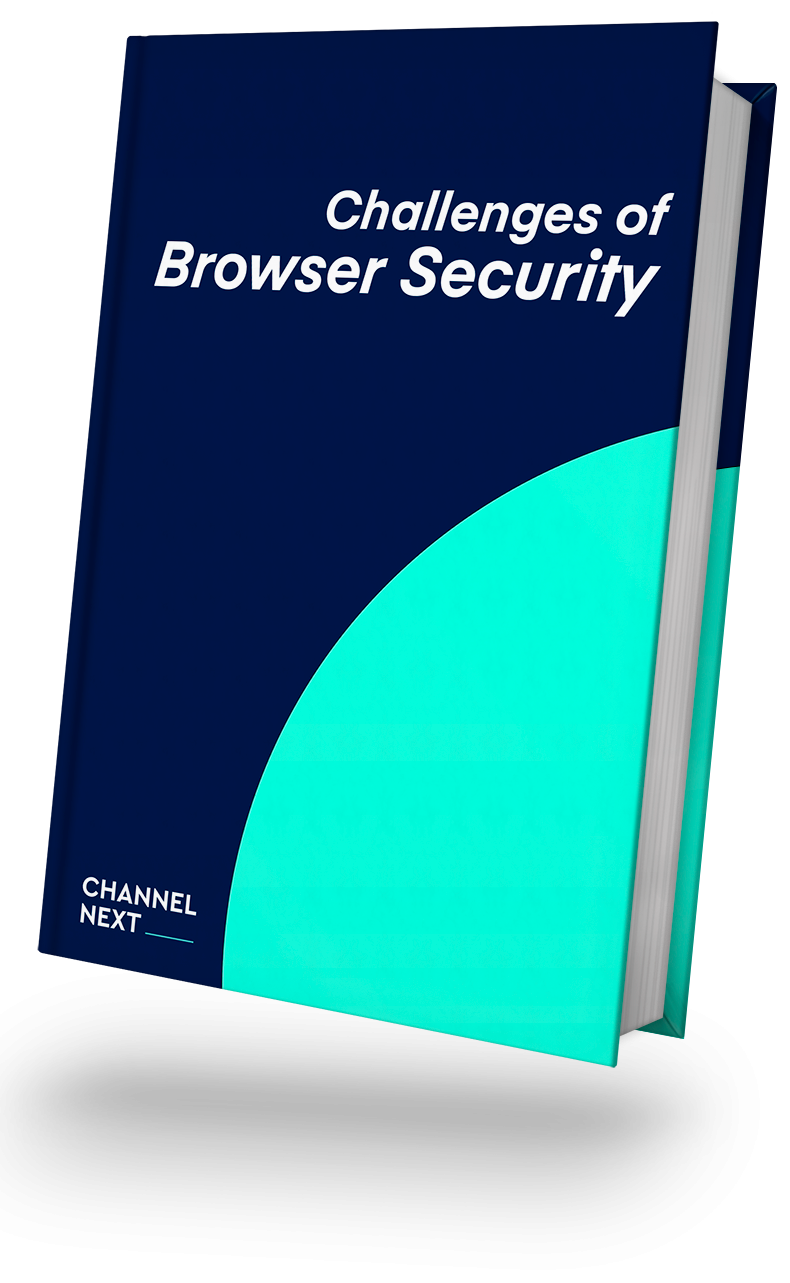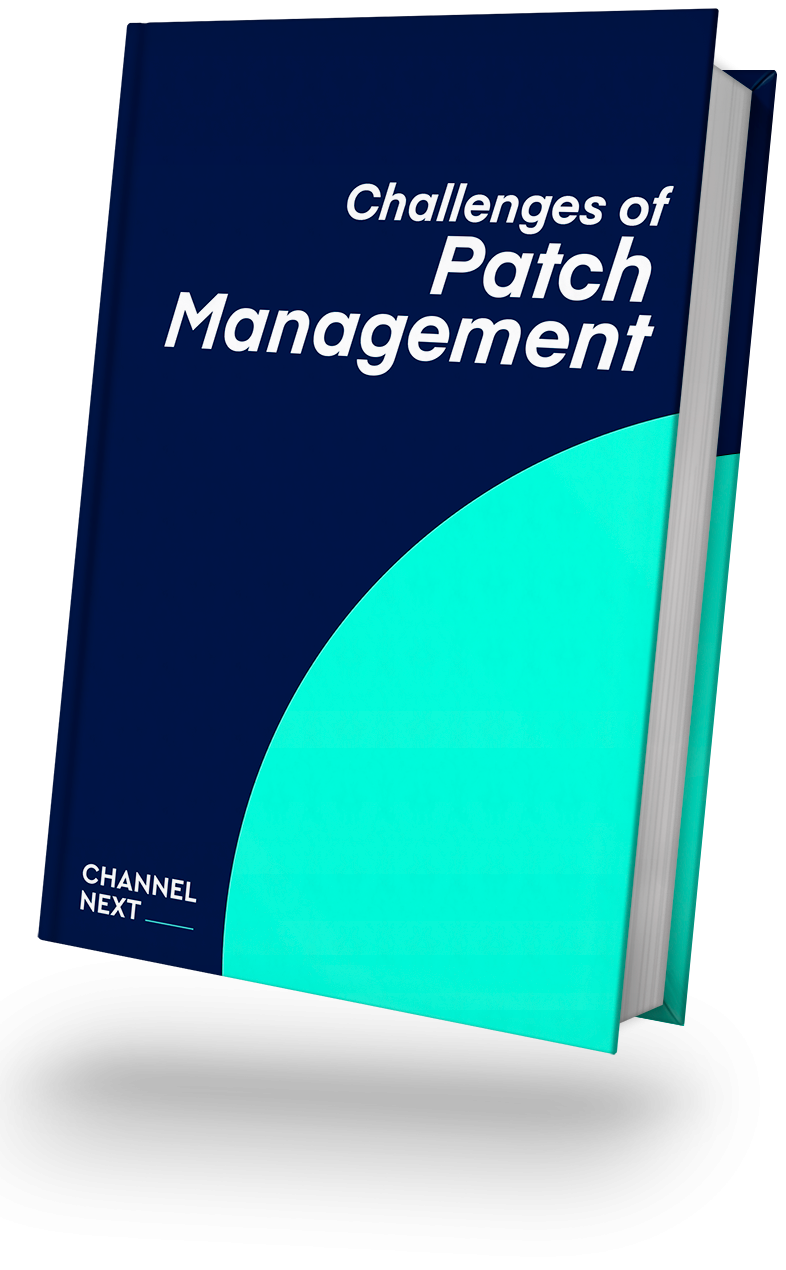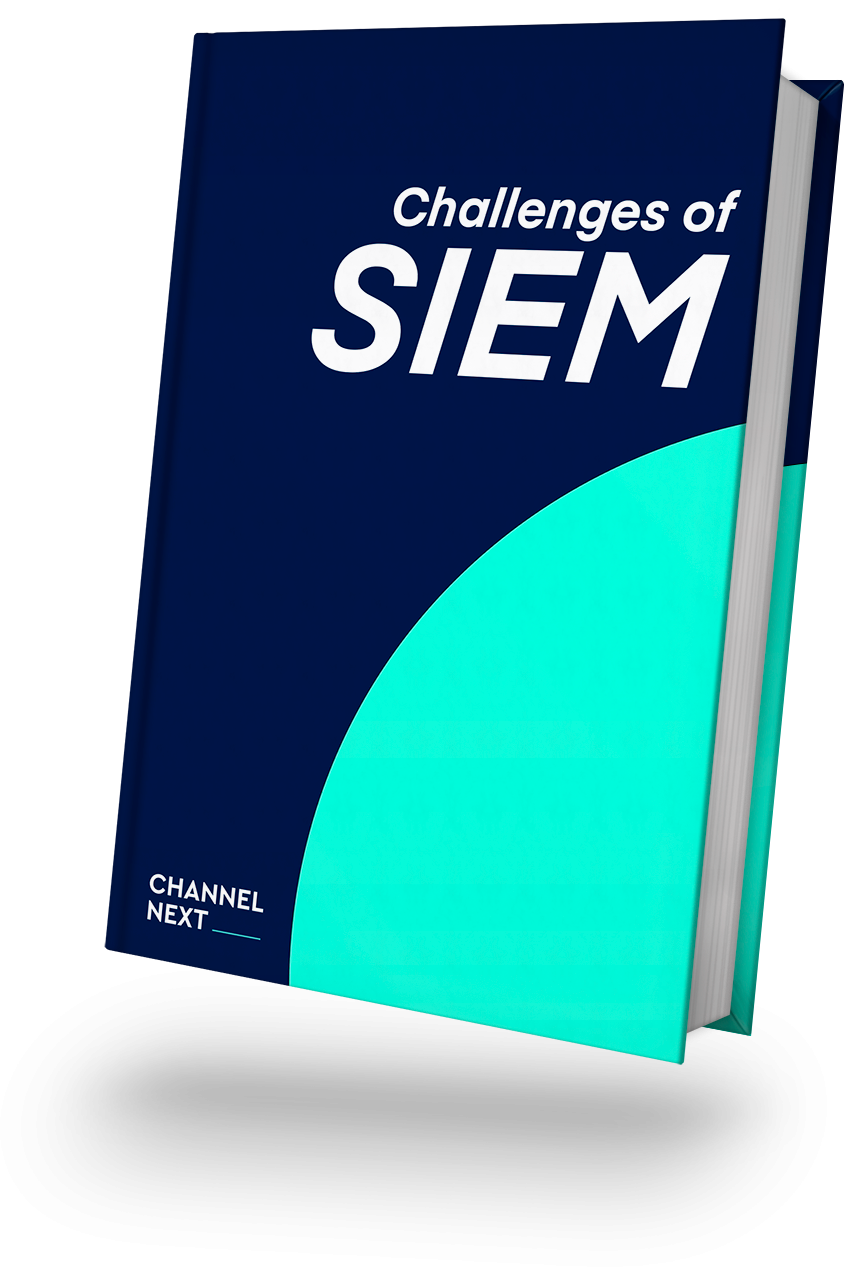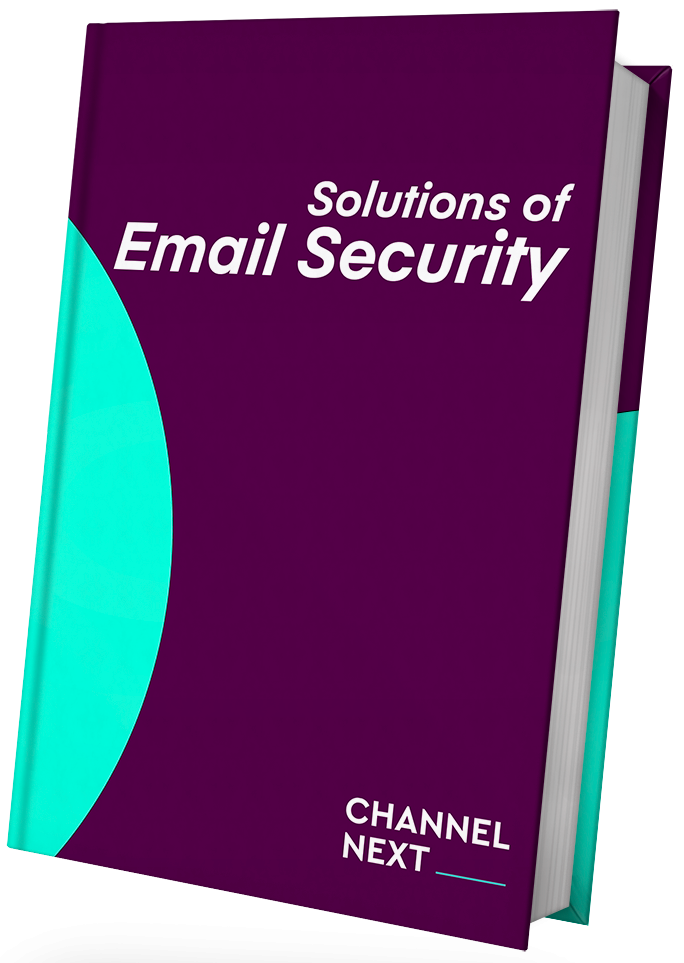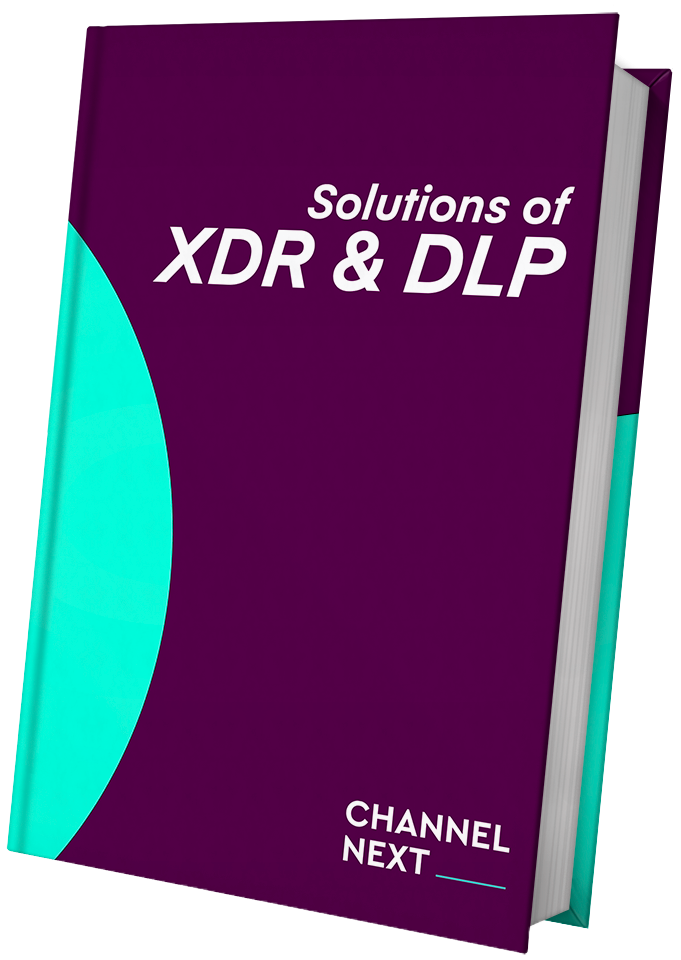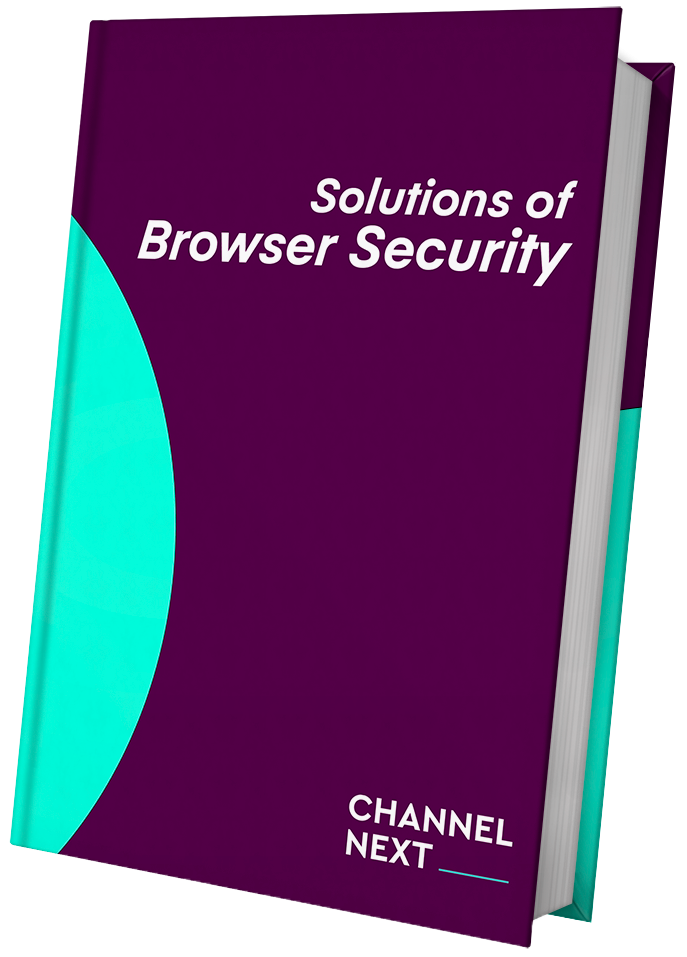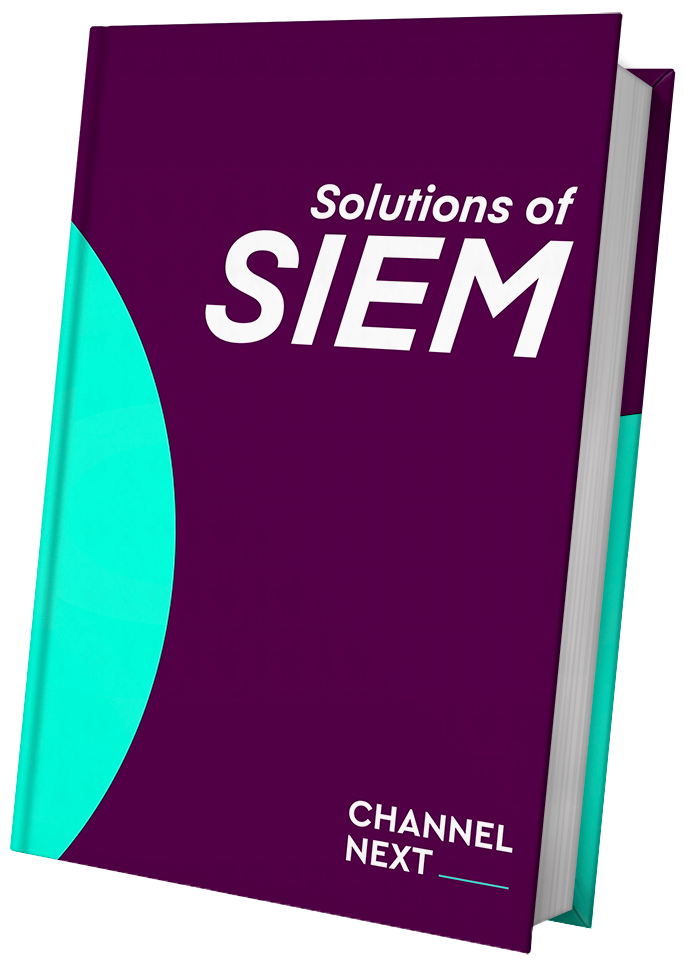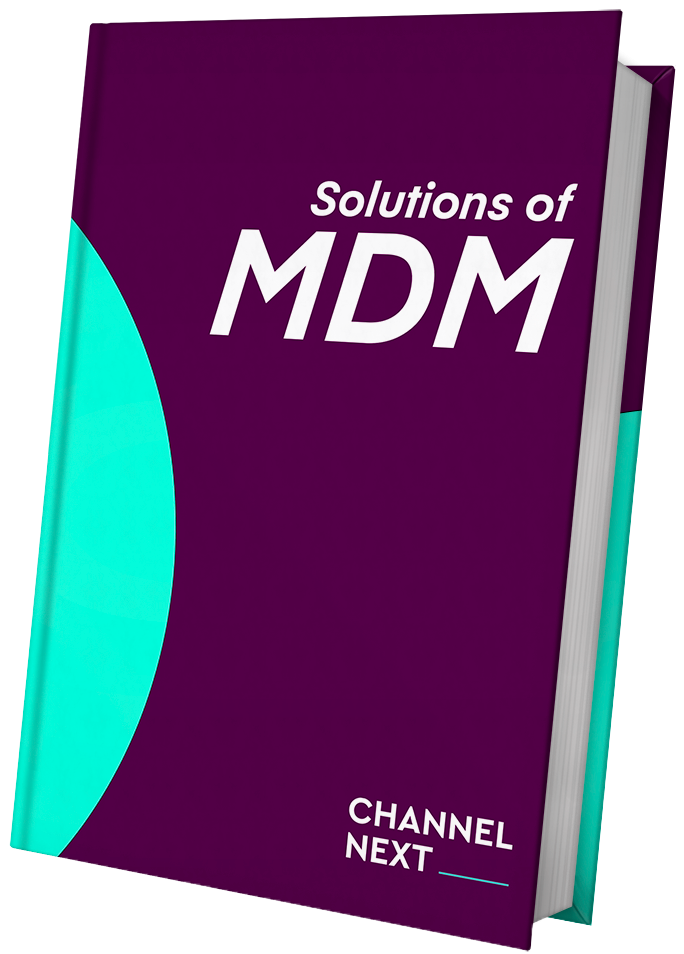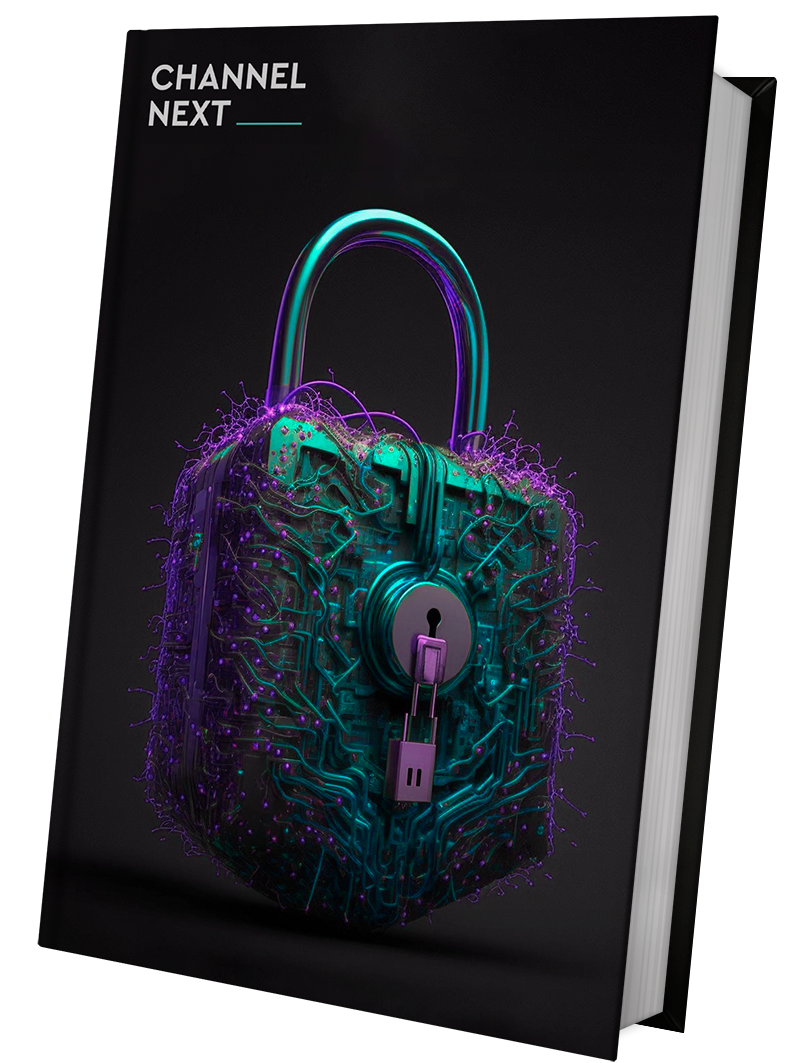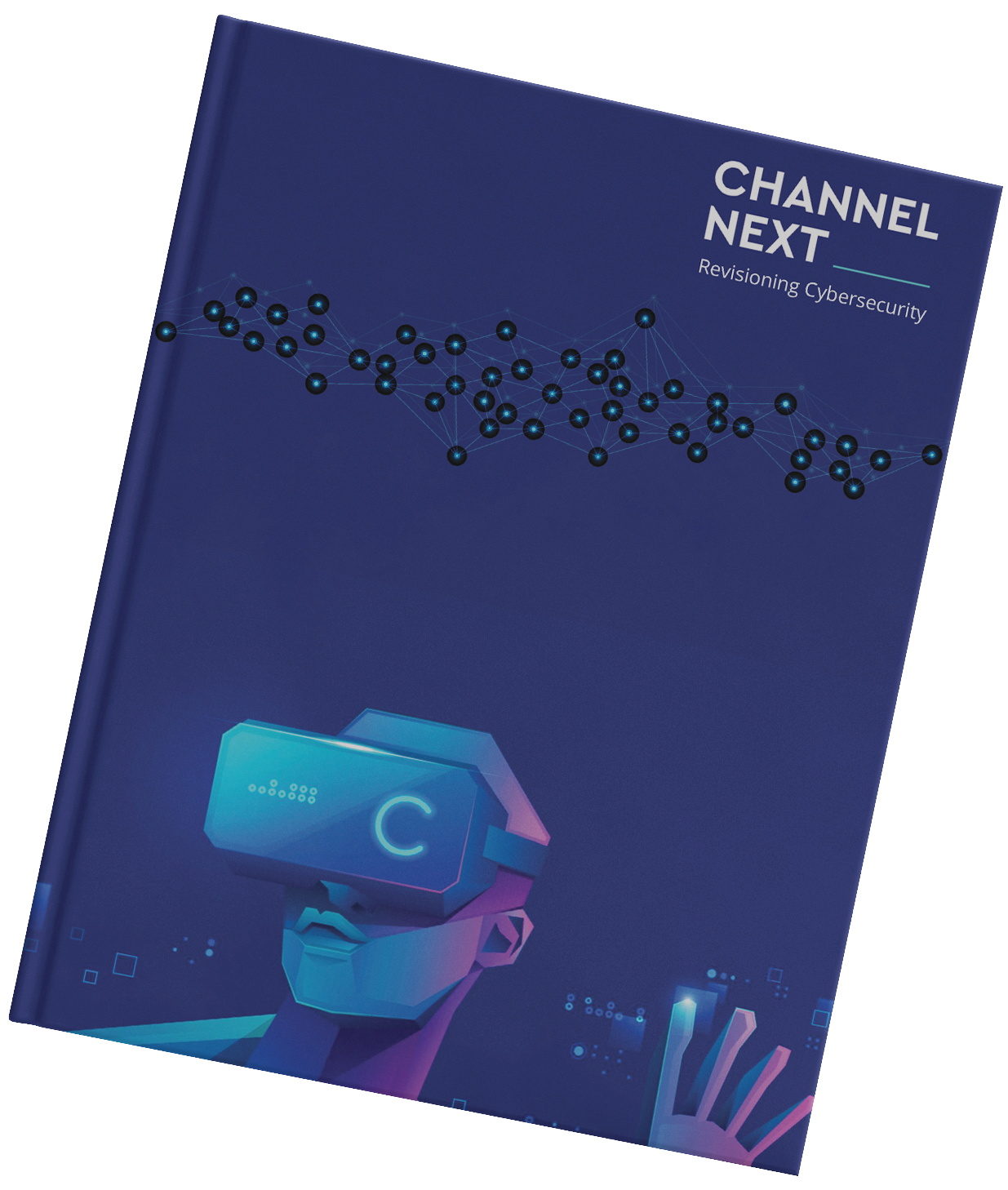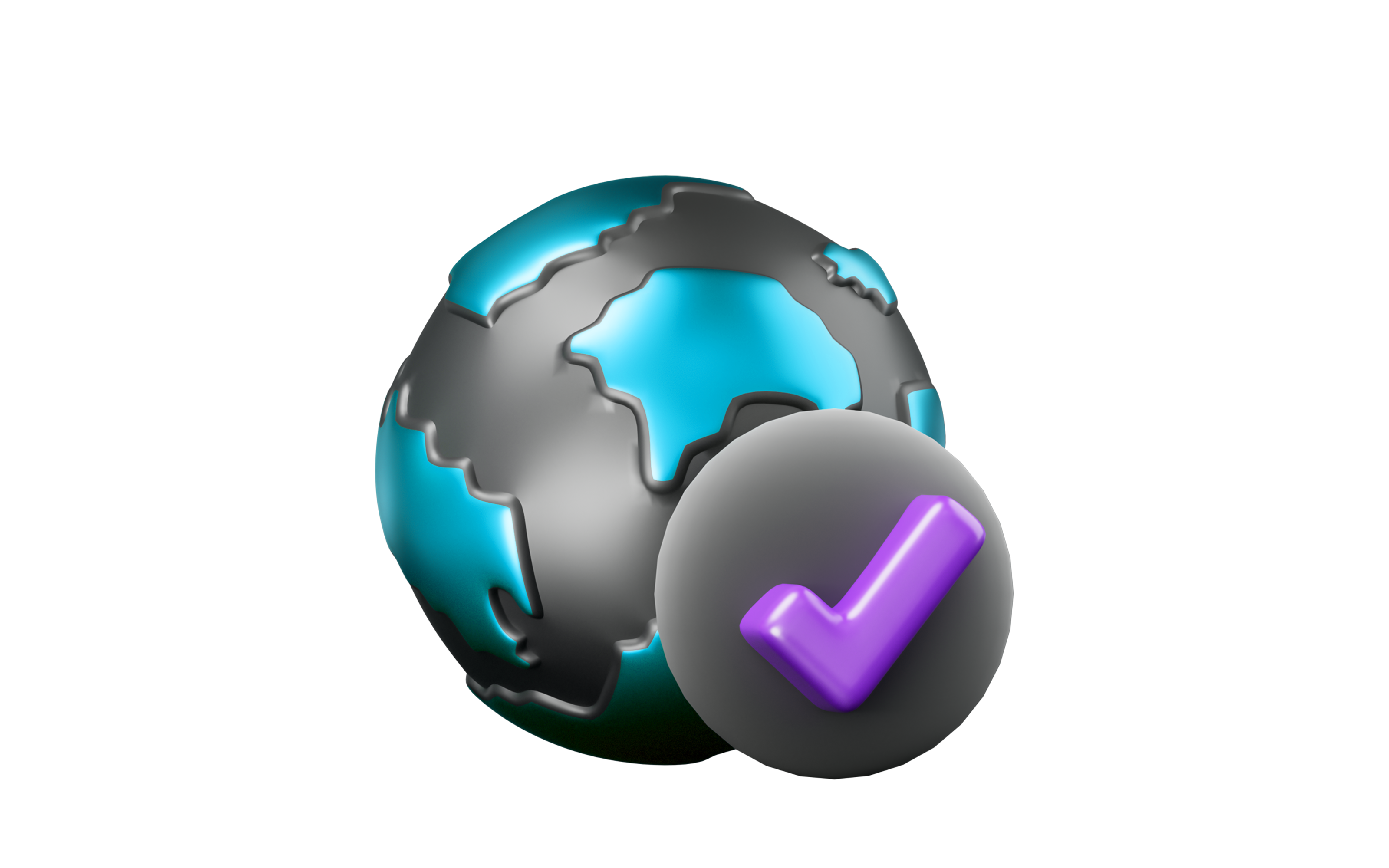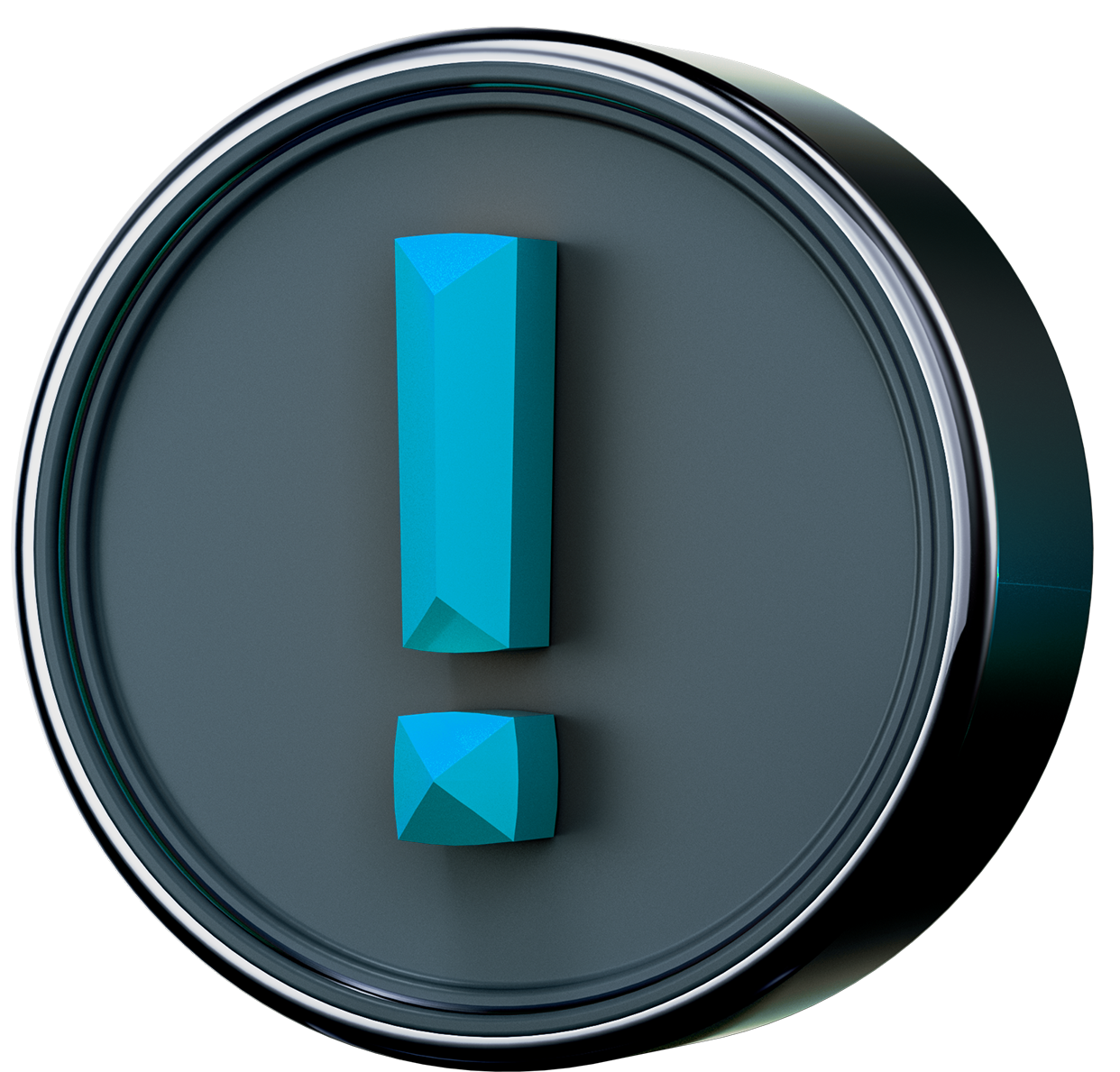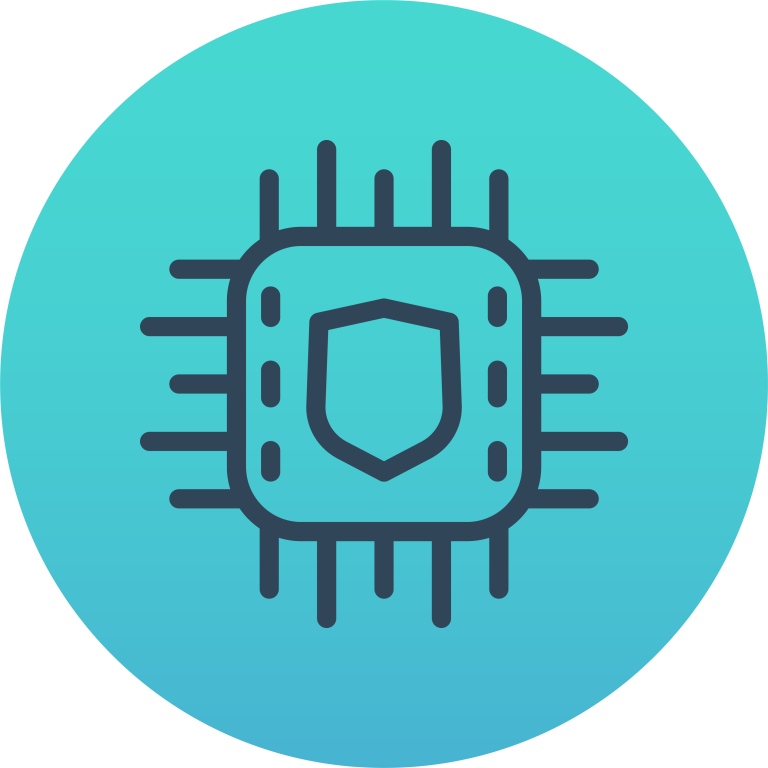Domain-based Message Authentication, Reporting & Conformance
DMARC (Domain-based Message Authentication, Reporting, and Conformance) is an email authentication protocol that helps prevent email spoofing and phishing attacks by allowing domain owners to specify how their emails should be authenticated.
Channelnext is the DMARC technology provider in Dubai that enhances email security by enabling organizations to enforce policies for email authentication, including SPF (Sender Policy Framework) and DKIM (DomainKeys Identified Mail), thereby reducing the risk of unauthorized email access and data breaches.
Get a Demo
Enhanced Email Authentication
DMARC enables organizations to specify authentication mechanisms for their email domains, ensuring that incoming emails undergo proper authentication before delivery. This helps reduce the risk of spoofing and phishing attacks by verifying the legitimacy of email senders.
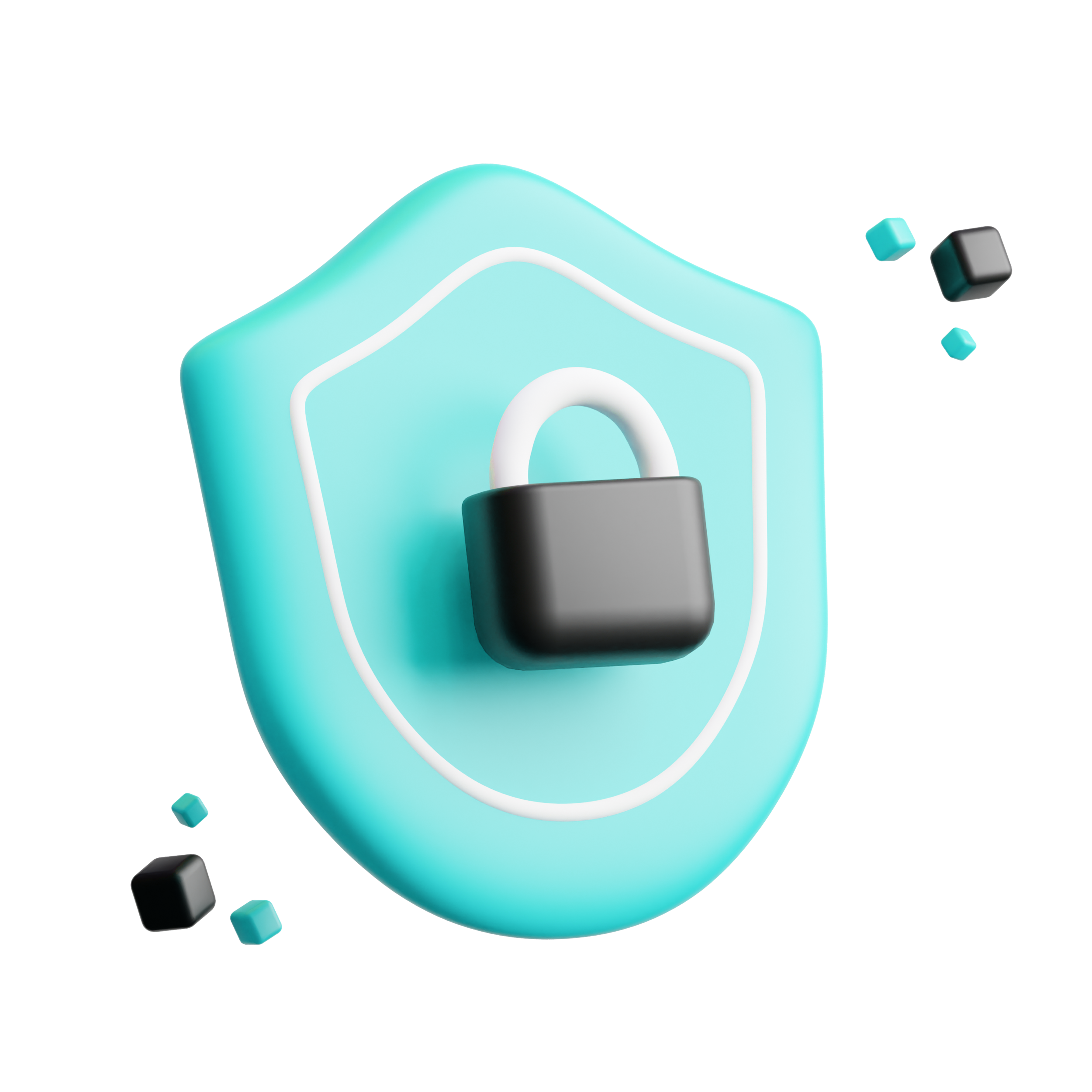
Used Technologies
Deceptive emails impersonate trusted entities to trick users into revealing sensitive information or downloading malware, compromising data integrity and user security.
Attackers send emails from forged or spoofed email addresses to deceive recipients into believing that the emails are from legitimate sources, leading to potential data breaches and financial losses.
Attackers use social engineering tactics to impersonate company executives or employees and request fraudulent wire transfers or sensitive information, resulting in financial fraud and reputational damage.
Attackers gain unauthorized access to a domain owner's email account or DNS settings, allowing them to send fraudulent emails from the compromised domain, leading to email-based attacks and data breaches.
Attackers gain unauthorized access to a user's email account through phishing or credential stuffing attacks, allowing them to send malicious emails, steal sensitive information, and conduct further cyberattacks.
Case Studies
Challenges you may remediate with Perception point
In this scenario, a prominent financial institution becomes the target of a sophisticated phishing attack. Attackers send fraudulent emails impersonating the institution’s executives, requesting sensitive customer information and login credentials.... Read More
A manufacturing company experiences an email spoofing incident where attackers send emails from forged email addresses resembling those of the company’s executives. The company suffers financial losses, legal liabilities... Read More
A healthcare organization falls victim to a BEC attack where attackers impersonate the CEO and request a fraudulent wire transfer to a fictitious vendor. The finance department complies with the request, resulting in a significant financial loss for the organization. ... Read More

